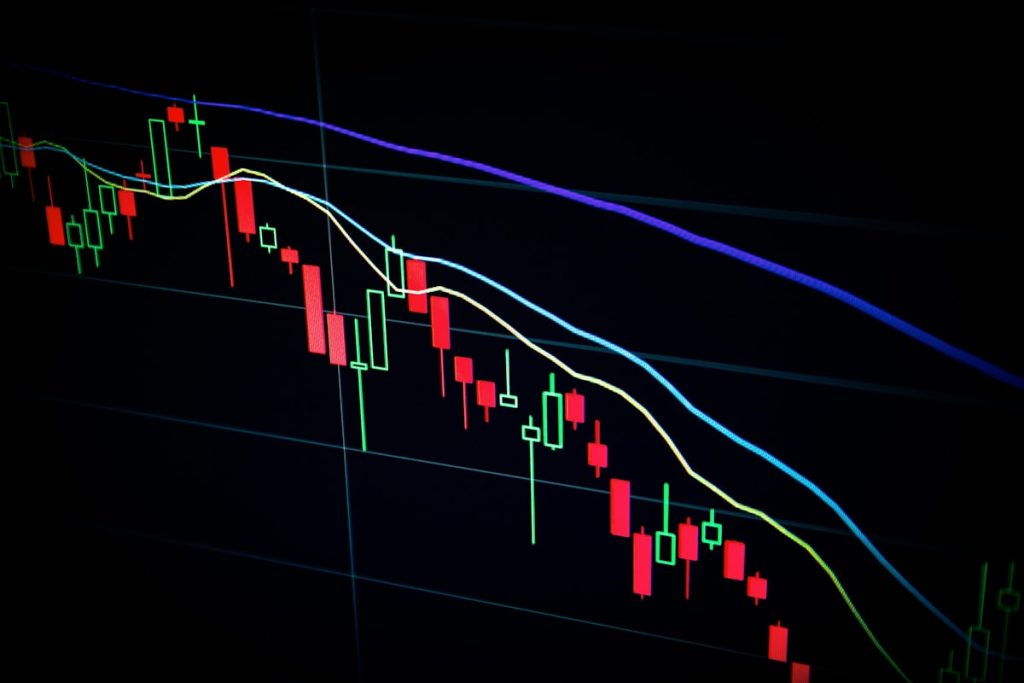Stocks Close Lower Amid Trump Tariffs and Weak Jobs Data
Market Selloff Follows Policy Shifts and Economic Concerns
U.S. stocks closed sharply lower on Friday as investors reacted to former President Donald Trump’s proposed tariffs on Chinese goods and a weaker-than-expected jobs report. The Dow Jones Industrial Average fell 1.5%, while the S&P 500 dropped 1.2% and the Nasdaq Composite declined 1.8%. The selloff marked the worst trading session in three months, reflecting heightened uncertainty over trade policy and economic growth.
Trump’s Tariff Proposal Sparks Trade Fears
Former President Trump announced plans to impose a 10% tariff on approximately $200 billion worth of Chinese imports if re-elected, reigniting concerns about a potential trade war. The proposal, part of a broader economic policy agenda, drew criticism from businesses and lawmakers who warned of higher consumer prices and supply chain disruptions. Sectors with significant exposure to international trade, including technology and industrials, led the market decline.
- Technology stocks fell 2.1%, with semiconductor companies hit hardest.
- Industrial giants like Caterpillar and Boeing dropped 3% and 2.8%, respectively.
- Retail and automotive sectors also slumped amid fears of rising input costs.
Weak Jobs Report Adds to Economic Jitters
The Labor Department’s June jobs report further rattled investors, showing the economy added just 150,000 nonfarm payrolls—well below the 180,000 expected by economists. The unemployment rate edged up to 3.8% from 3.5%, signaling potential softening in the labor market. Wage growth also slowed to 3.9% year-over-year, the lowest reading since 2021, suggesting cooling inflationary pressures.
Investor Sentiment Shifts Toward Caution
Market volatility surged as traders priced in the dual risks of renewed trade tensions and economic deceleration. The CBOE Volatility Index (VIX) jumped 18%, its largest single-day gain this year. Safe-haven assets like Treasury bonds and gold rallied, with the 10-year Treasury yield falling to 4.1%. Analysts noted that the jobs data could complicate the Federal Reserve’s policy path, as weaker employment figures may prompt rate cuts despite lingering inflation risks from tariffs.
Fed’s Policy Outlook Under Scrutiny
The mixed economic signals have left investors questioning whether the Fed will prioritize supporting growth or combating inflation. “The jobs report tilts the scale toward earlier rate cuts, but tariffs could reignite price pressures,” said Jane Collins, chief economist at Harper & Stone. Fed Chair Jerome Powell, speaking at a conference earlier this week, emphasized data dependency but offered no clear timeline for adjustments.
Looking Ahead
Market participants will closely monitor upcoming earnings reports and geopolitical developments for clarity. With the U.S. election cycle intensifying, analysts warn that trade policy uncertainty could persist, keeping equities under pressure. “Investors are bracing for a bumpy ride,” said Michael Ruiz of Horizon Capital Advisors. “The interplay between politics and economics will dominate market narratives through year-end.”



